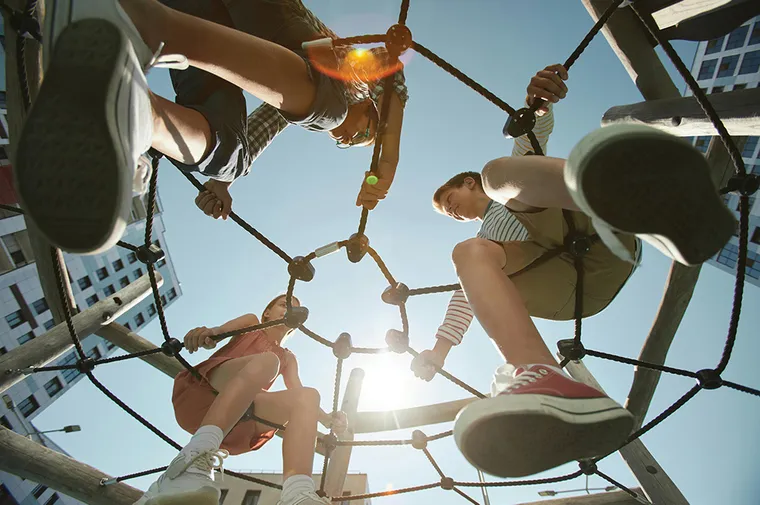IPEMA’s latest report highlights emerging trends in playground-equipment manufacturing
By Michelle Keyser
From advancements in surfacing and material technology to a growing emphasis on inclusive and sustainable design, the playground equipment industry continues to evolve. Staying up to date on industry trends is paramount for equipment manufacturers, designers, and experts alike. As a resource for the playground-equipment industry, International Play Equipment Manufacturers Association (IPEMA), a non-profit trade group, published its IPEMA Insights Report, which explores emerging trends shaping the industry.
“IPEMA is the voice for the public playground industry, and the IPEMA Insights Report represents the collective views of experts in our field on trends in playground design, surfacing innovations, and play space dynamics,” says IPEMA Board President Mike Sutton. “From prioritizing safety to increasing inclusive options to incorporating natural elements, the report features insights to help manufacturers stay current on what the market is demanding.”

